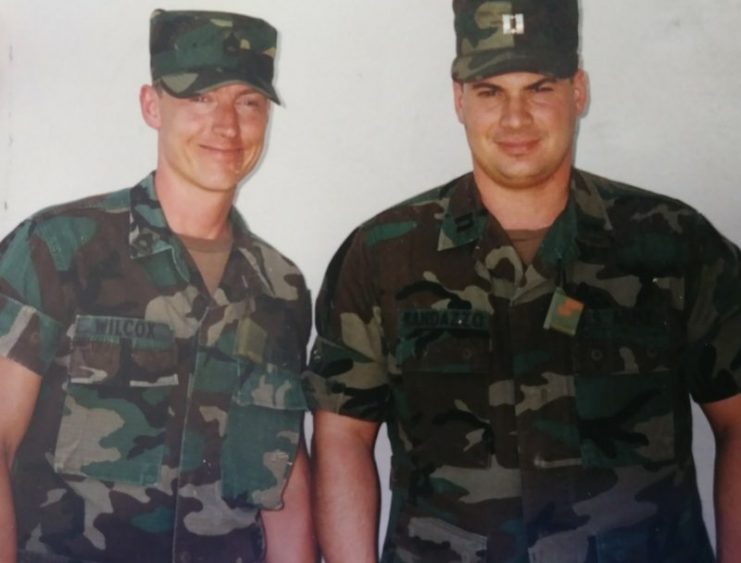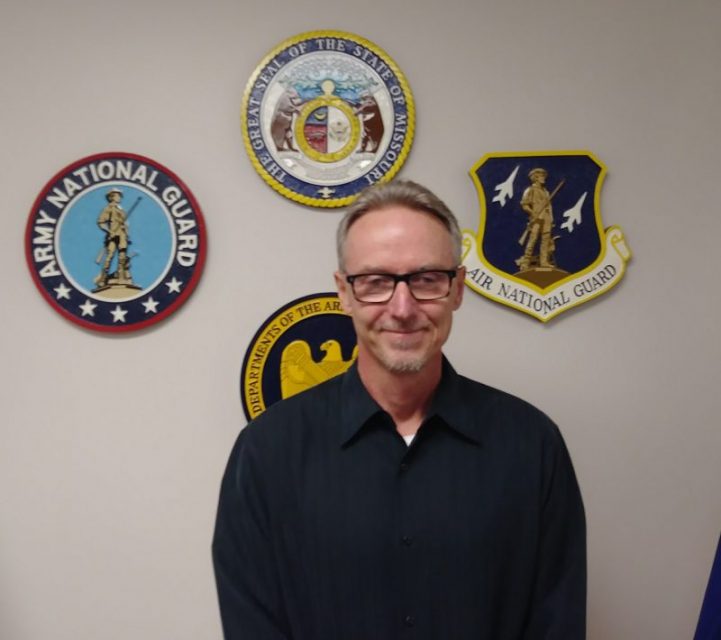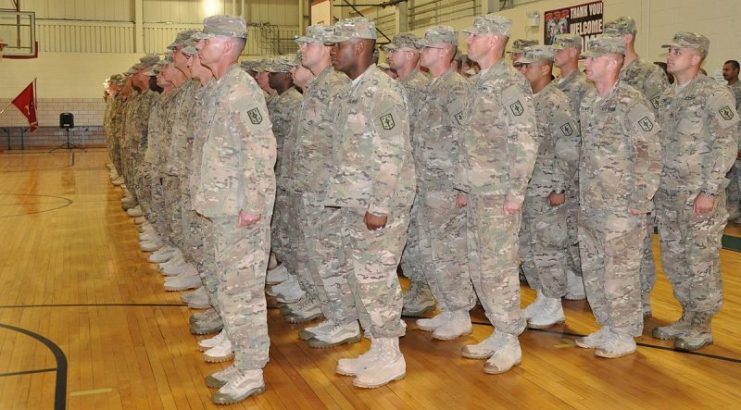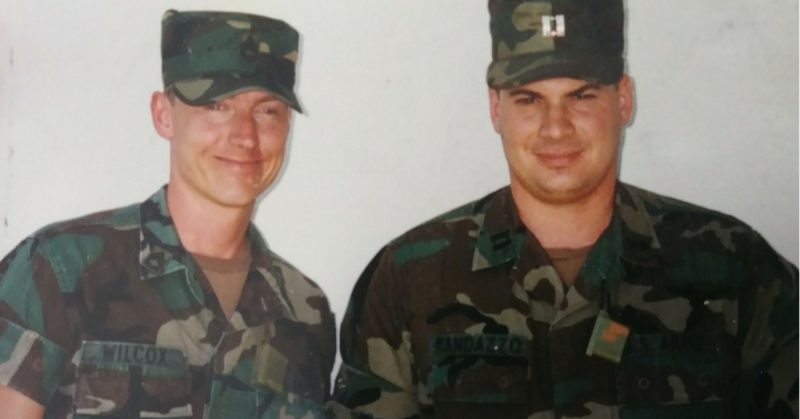War History online proudly presents this Guest Piece from Jeremy P. Ämick, who is a military historian and writes on behalf of the Silver Star Families of America.
Editor’s note: This article is part of a series highlighting members of the U.S. Army Warrant Officer Corps for the corps’ 100th birthday on July 9, 2018.
During the more than 37 years that Keith Wilcox spent in a military uniform, he built an impressive resumé of experiences full of both subtleties and high points. It was a time in his life, he explained, that included service in the U.S. Army, Army Reserve, and Missouri National Guard, and saw his transition from the upper levels of the enlisted ranks to leveraging his maintenance expertise as a warrant officer.
Years previous, while attending South County Technical School in St. Louis, Wilcox noted that one of his instructors was a retired Marine who provided advice that led to his lengthy military career.
“Because of his experiences in the Marines, he encouraged me to join the Army,” Wilcox said with a grin. “I enlisted in the Army’s delayed entry program in April of 1980, graduated from high school the following month and, in August, was at Ft. Dix, New Jersey, for basic training,” he added.
Having studied diesel mechanics while in high school and demonstrating certain mechanical proficiencies on his military entrance exams, Wilcox attended several weeks of training in power generator repair at Ft. Belvoir, Virginia. During this period, he and his fellow trainees learned to repair and maintain generators ranging in output from three to 100 kilowatts.

In late October 1980, the 19-year-old, inexperienced soldier was sent to Nuremberg in Germany, where he spent the next 16 months assigned to the 182nd Maintenance Company performing generator repair and serving as an assistant to the non-commissioned officer responsible for the nuclear, biological, and chemical training for the company.
“It was an interesting duty assignment because of all of the World War II history associated with the area,” he recalled. “We were housed in Merrell Barracks, which was the old SS Kaserne (barracks).” He added, “When you walked in the entryway, you could look up and see where they chipped the old swastika symbol out of the tile.”
Returning to the United States in the spring of 1982, the young soldier finished out the remainder of his 3-year enlistment with a maintenance support battalion at Ft. Lewis, Washington, receiving his discharge in August 1983 at the rank of sergeant.
Wilcox remained in the St. Louis area and spent the next three years working for local companies while also serving briefly with the Army Reserve before transferring to the 220th Engineer Company of the Missouri National Guard located in Festus.
“I was hired full-time with the Guard in 1986 to work on engineering equipment at a maintenance shop and picked up additional military occupational specialties such as welding along the way,” he said. “I continued drilling on the weekends and eventually became the First Sergeant for the 1035th Maintenance Company at Jefferson Barracks in 1996.”

While he continued his work as a full-time technician for the National Guard during the week, his duties as a part-time first sergeant with the 1035th Maintenance Company ended in 2000, when he applied for and was accepted into the warrant officer program.
“In May of 2000, I completed the Warrant Officer Candidate Course at Ft. Rucker (Alabama),” said Wilcox. “I then went back to the 1035th in a warrant officer slot and continued full-time as the maintenance shop chief at Jefferson Barracks.”
He deployed with his company to Kuwait and Iraq in 2005, spending a year as a maintenance officer and overseeing soldiers who ran convoys and prepared military equipment—primarily for the 42nd Infantry Division—for shipment back to the United States.
In the years following his return from deployment, he served as a senior TAC (training, advising and counseling) officer with the Regional Training Institute (RTI) at Ft. Leonard Wood, assisting in the training and development of new warrant officers within the Missouri National Guard.
He later transferred in his full-time employment to the Missouri National Guard maintenance facility adjacent to the airport in St. Louis after the shop was closed at Jefferson Barracks. In January 2018, he retired from both his full-time job as a technician and from his service as a Chief Warrant Officer Four in the National Guard with more than 37 years of military service.

Having served in several positions of leadership in both the enlisted and warrant officer structures, Wilcox affirms that one of the most rewarding aspects of his experiences has been the opportunity to witness professional achievements made by those he has mentored in the past.
“I truly enjoyed being a first sergeant because it was one of those positions where you were in tune with the soldiers for whom you were responsible,” he said. “Also, it placed me in a situation where I was able to make positive, significant changes in the lives of soldiers in the company,” he added.
“Years later,” he continued, “there was a soldier going through the warrant program and was someone I viewed as a natural leader. Sadly, he said he was thinking about quitting the program. Through a little encouragement and guidance, he stuck with it and now has a full-time job as a warrant officer with the Missouri National Guard and is doing quite well in his career.”
“That,” he added, “is the fulfilling part of the mentoring process used in positions of leadership.”
